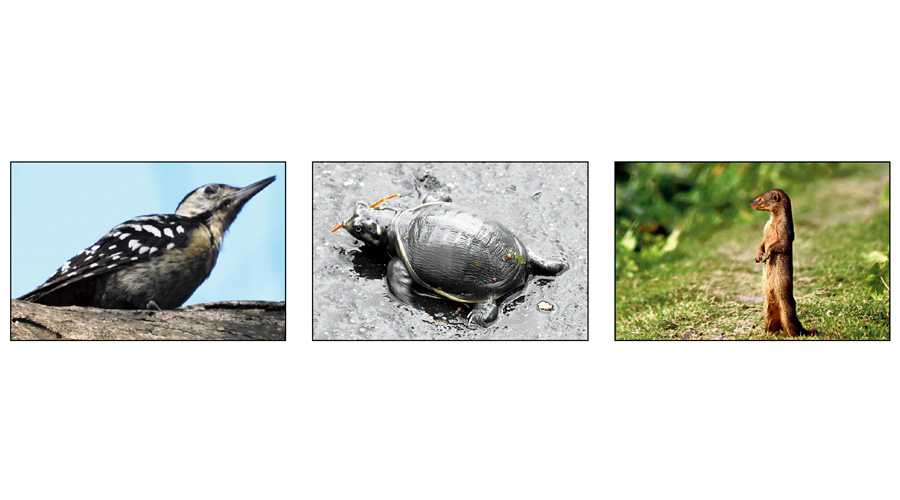Two micro biodiversity hotspots have been identified at the Indian Botanic Garden in Shibpur by a community participation project for the regeneration of the garden.
The project, undertaken by the Botanical Survey of India along with the Asia Scotland Trust (AST) and the Edinburgh University, put the garden under microscope in May and June.
According to the report, two important ecosystems exist in the garden that have the highest biodiversity — areas that have a high overgrowth of trees, plants, weeds and two of the 22 lakes on the premises.
The Acharya Jagadish Chandra Bose Indian Botanic Garden was set up in 1787 as India's first botanic garden and is now known for over 12,000 living plants of Indian and foreign origin that have been collected over the decades. “The role of the botanic garden needs to change from being a museum of species to that of a biodiversity hotspot,” said Neeta Das of NSDA — a Calcutta-based architecture firm and one of the local partners of the project.
Wetlands have been known as “biological super systems” as they create large amounts of food and support high levels of biological diversity. “The lakes and their littoral zones (shore areas) were found to be the most biologically diverse regions in the garden,” said Das.
Out of the 22 lakes or wetlands in the garden, two — King Lake and Shadir Lake — had the highest number of faunal and floral species, 10 were found to have medium diversity and the rest supported very low diversity.
The other biodiversity hotspot is the naturally regenerated areas in the northern and riverside areas of the garden. “Natural regeneration is the process by which plants that have grown naturally replace plants that have died or been removed. Over time, the growth of natural regeneration re-establishes canopy trees. This process follows natural plant succession patterns and forms habitats for a multitude of fauna species,” said Tania Das, a CEPT University alumna who has worked on forest conservation at Jatun Sacha Biological Station, Ecuador. These areas support biodiversity because there is no intervention that creates a safe environment for nesting, hunting and hiding.
One of the pet peeves of the garden authorities has been lack of funds, which hinder maintenance of the garden. “It will require next to no expenses to maintain these hotspots as no interventions are needed here,” said Das.
BSI director A.A. Mao agrees that the garden has areas with high biodiversity. “But funds are needed if the garden is to be restored to its previous glory,” he said.











